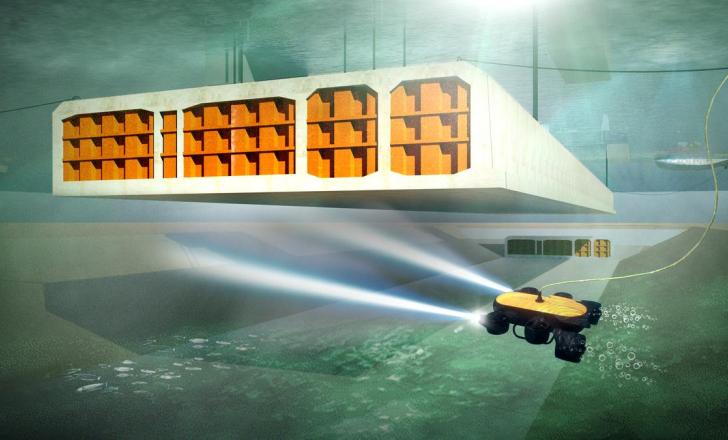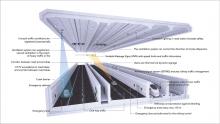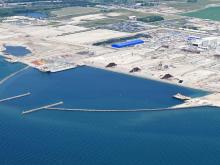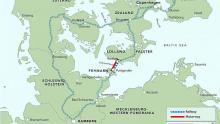
Denmark’s Zealand region could see a 200 per cent rise in annual visits by the time the Fehmarn Belt link is open in 2030.
Today, there are around 400,000 commutes by ferry across the Fehmarn Belt, a strait between the German island of Fehmarn and the Danish island of Lolland.
By taking into consideration the effect of similar large bridge and tunnel projects, commuting through the 18km immersed road and rail tunnel could jump to over 1.2 million annually, according to a report compiled by HBS Economic on behalf of Danish business development consultancy Erhvervshus Sjælland and the Zealand regional council.
Earlier this year, a tender was launched for electrical installation within the planned €7 billion project. As part of what will be a contract worth around €750 million (US$913 million), the winner must set up a renewable energy centre for its work. The tender will close and a decision made by the end of the year for work to start in 2022 or 2023.
Femern A/S, which is planning, building and which will operate the fixed link is part of Sund & Bælt Holding - 100 per cent owned by the Danish Ministry of Transport. Sund & Bælt Holding is also responsible for the fixed link across Storebælt.
According to Femern, a trench up to 60m wide, 16m deep and 18km long will be dug in the seabed. Around 19 million cubic metres of stone and sand will be excavated and used to establish 3km² of new natural areas on Lolland and, to a lesser extent, on Fehmarn.
An animation of the tunnel construction is available on YouTube.









